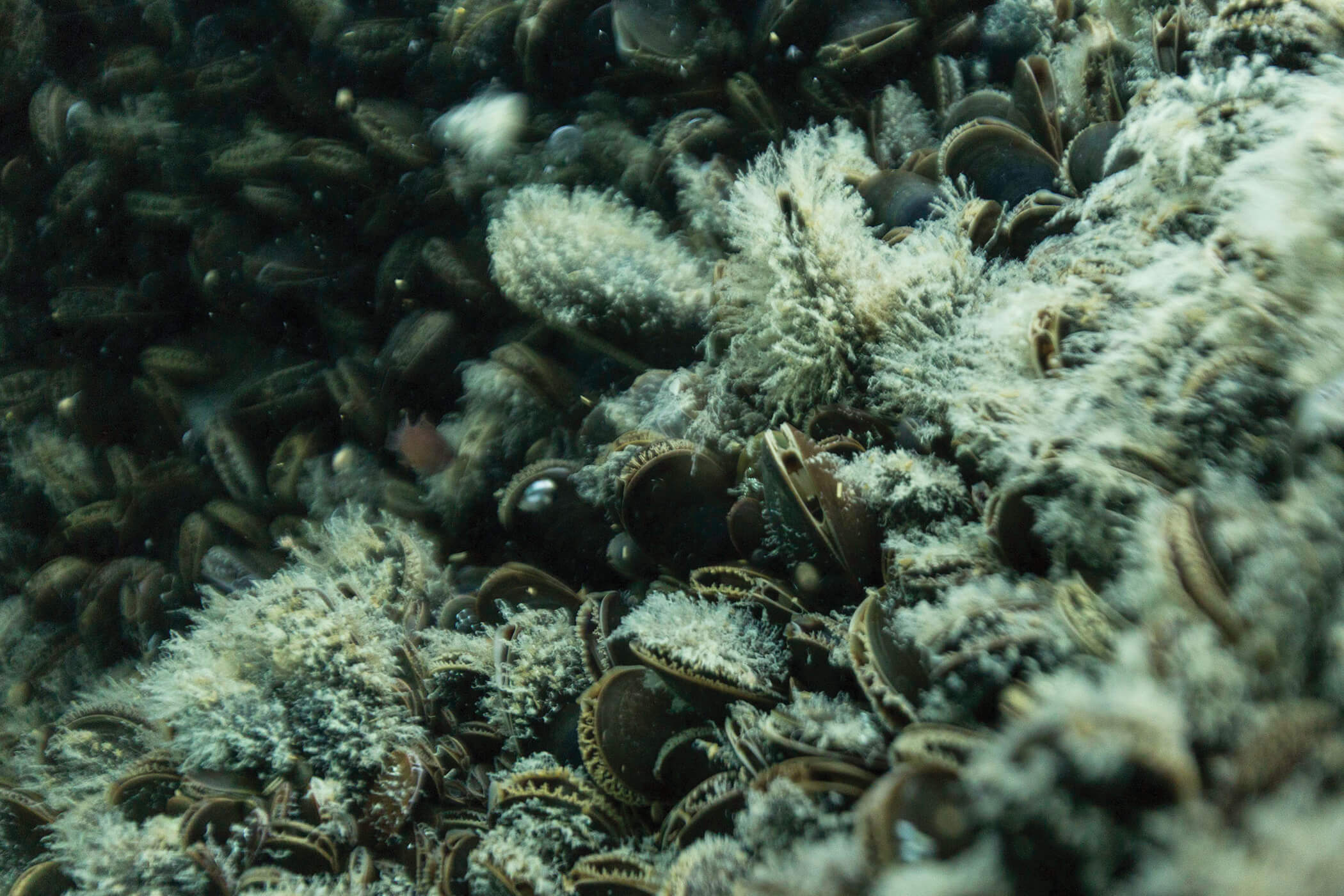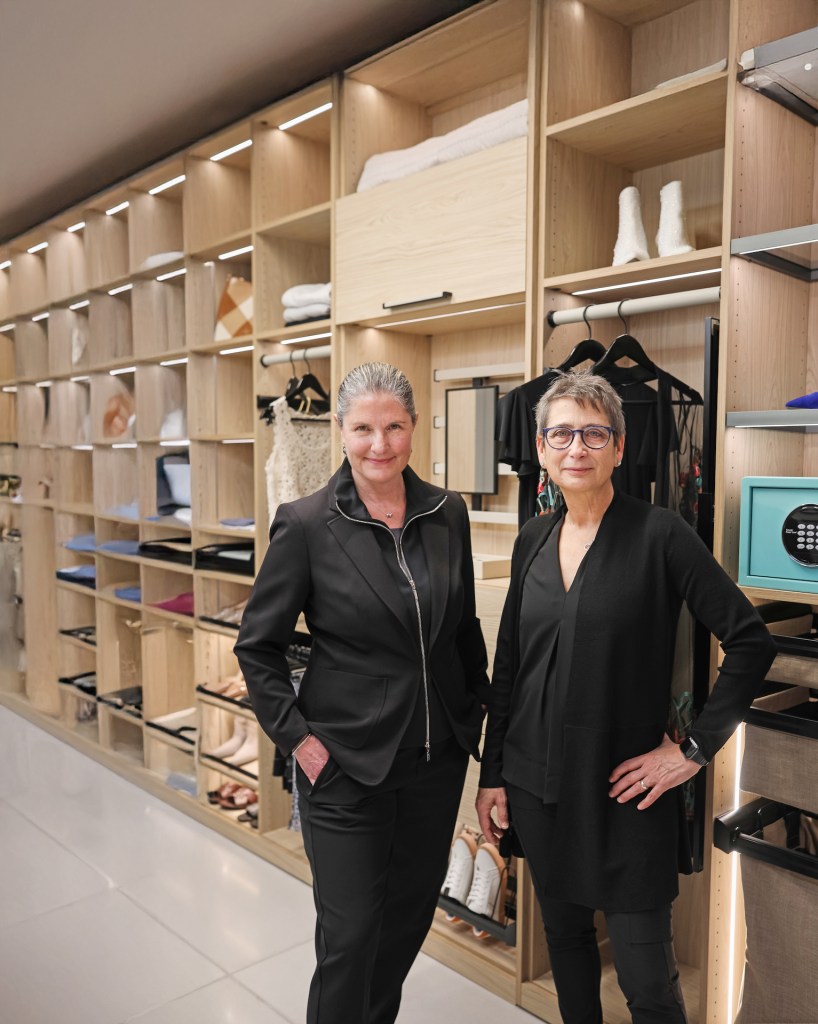Offshore Wind Turbines Attract Fish

Underground footage of a healthy marine environment at the Block Island Wind Farm refute the contention that the wind generators are not fish-friendly.
That was the message gleaned from a webinar presentation by the American Wind Energy Association (AWEA) on February 14.
Nancy Sopko, AWEA director, offshore wind and federal legislative affairs, spoke about the value of wind generated power and also its inevitability. “The industry is poised to take flight,” she said. The added benefit of the five turbines off Block Island is that they have shown to be “a great shelter for fish,” she added.
“Fish love to hide. They love the structure,” said Chris Hobe, captain and owner, Fish the World Charters. He has been running charters for spectators and said “the business continues to grow.” He acknowledged being on the Deepwater payroll. Deepwater Wind is the firm looking to build a wind farm off the coast of East Hampton Town.
Sopko said local fishermen are finding the wind farm “a great fishing spot.”
“It’s wonderful to see the fish swimming around,” said Aileen Kenney, vp/permitting and environmental affairs, Deepwater Wind. The planning process for the wind farm began in 2009 and it was sited partially because the location “was not a valuable fishing area.”
Hobe said mussels began appearing on the turbines within six months. Within a year, mature mussels thrived. The mussels have attracted fish, such as striped bass, as well as a hammerhead shark. “The only reason the fish are there is because there is food,” he said.
But critics pointed out the grainy film hardly proved a healthy marine environment exists and will continue to exist by the wind farm.
Gary Cobb belongs to a local group called the Stakeholders, which has questioned Deepwater’s commitment to the fishing industry and its research on the long term effect the wind turbines will have on it.
He said fish will be attracted to almost anything that settles in the ocean, at least initially.
“It creates an artificial reef. Any structure, any old tire . . . will attract marine growth. It’s a given,” said Cobb.
Cobb likened the webinar to “a dog and pony show” because it didn’t address the effect of the wind farm on the commercial fishing industry. “Sure, maybe it is a good place for recreational fishermen, but what about the trawling industry? Does it counter balance it?”
Bonnie Brady, executive director of the Long Island Commercial Fishing Association, has repeatedly complained that Deepwater Wind does not, in many cases, have enough data from which to draw conclusions because it hasn’t yet funded the necessary studies.
For example, a study of Nysted Offshore Wind Farm (Denmark) about the effects of the turbines on migratory fish concluded, “The highest numbers of whiting were found before the construction of the wind farm, and after construction, the numbers declined significantly.”
Joe Martens, director, New York Offshore Wind Alliance, hosted the webinar.



